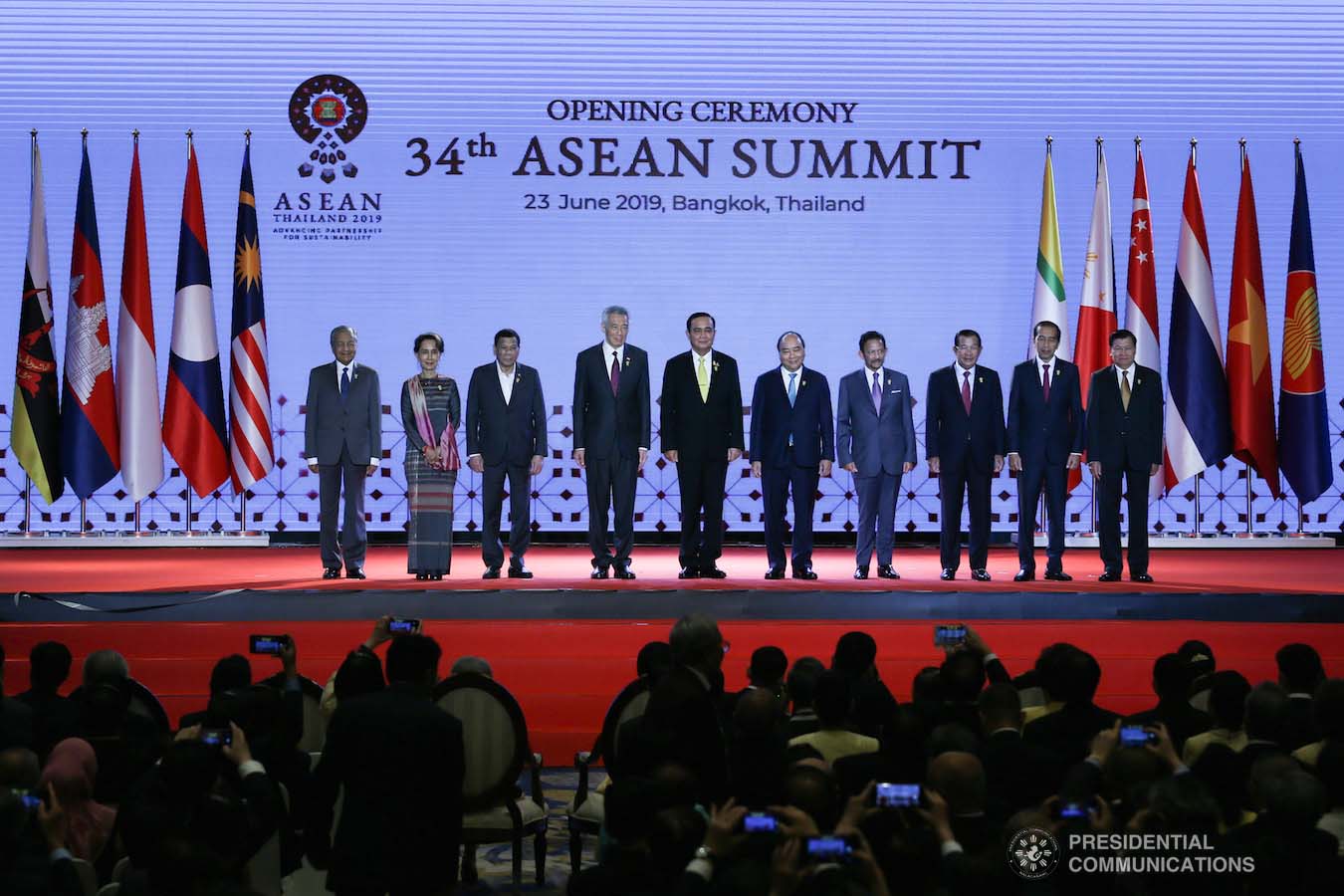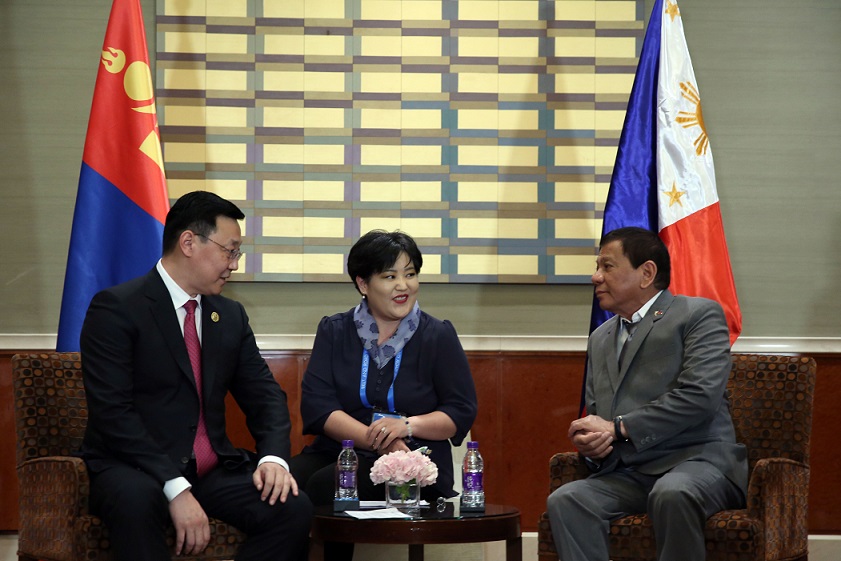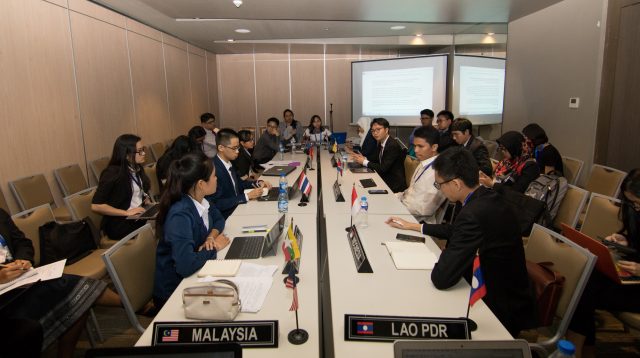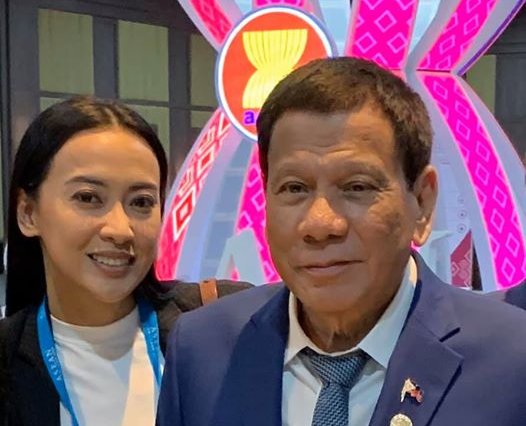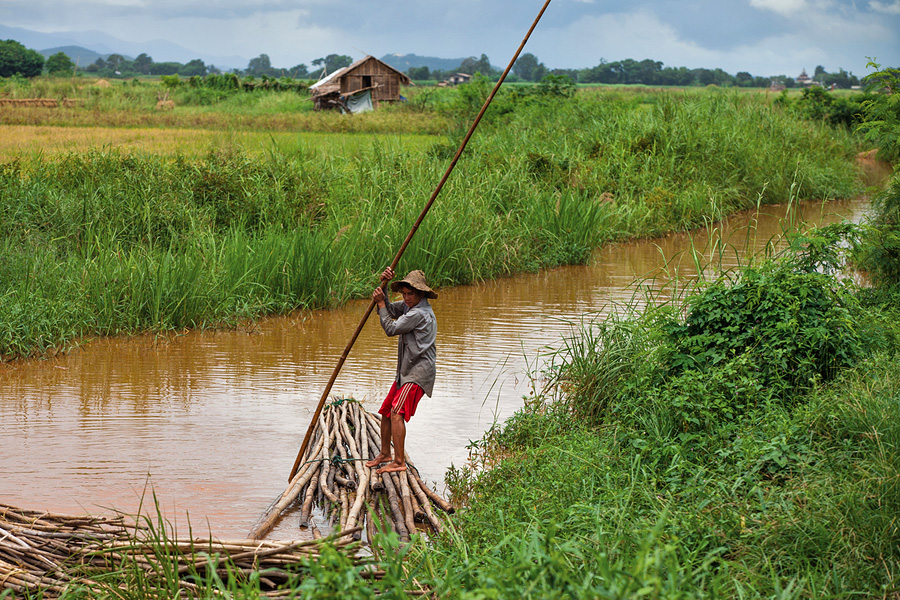BANGKOK (Reporting ASEAN) – A week before ASEAN leaders gathered for their 34th Summit here in late June, an article in Indonesia’s ‘Jakarta Post’ daily detailed disagreements between Cambodia and Singapore over the content of the draft ‘ASEAN Outlook on the Indo-Pacific’.
The document was scheduled to be endorsed by ASEAN leaders, but the widely cited report convinced political pundits and ASEAN watchers that the end was near for what is the 10-country association’s most ambitious project to date in terms of charting its future cooperation with major powers.
At the last minute, however, both embattled ASEAN members agreed on a compromise text – much to their colleagues’ relief. A few hours later, the official version of the Outlook was distributed for all to see.
By ASEAN standards, the Outlook’s development took quite a short time compared to similar undertakings that went through the consultation and consensus process. It took ASEAN senior officials and their assistants, across all 10 member states on top of the secretariat, less than 14 months to produce the AOIP, a guide that outlines ASEAN’s rationale, objectives and principles, including areas of cooperation. AOIP contains ASEAN’s vision of an Indo-Pacific region, one that is bigger than the Asia-Pacific, and links it with the Indian Ocean region.
Long before US President Donald Trump announced his country’s ‘Free and Open Indo-Pacific Strategy’ in November 2017 in Danang, Vietnam, ASEAN had its own plan to work out a new platform from which to engage major powers, which are also ASEAN dialogue partners, in an age of uncertainty.
But the idea was not crystallized until Indonesia put out a paper in January 2018 that forcefully argued that the time had come for ASEAN to initiate its own framework of cooperation. This, the argument went, lest the much-valued ASEAN centrality be further marginalized if external powers successfully establish their own preferred strategies. Therefore, it was seen as imperative that ASEAN to have its own initiative in order to engage with external powers in ways that would be in the regional interest.
Indonesia spearheaded the development of this idea, and Thailand gave Jakarta a big push as well. A few months before the country succeeded Singapore as ASEAN Chair for this year, senior Thai officials strongly encouraged Indonesian colleagues to come up with a more comprehensive assessment of ASEAN’s future path to guarantee peace and developmental sustainability. By the time the ASEAN foreign ministers were scheduled to meet informally at the end of January in Chiang Mai, Indonesia’s new draft, which was being circulated and discussed, was getting wide praise.
Subsequently over the next few weeks, senior officials from all member countries worked on improving the draft AOIP. As ASEAN Chair, Thailand strengthened the proposed ASEAN outlook with additional principles beyond the regional and international rules-based orders. The Chair added the so-called 3M principles – mutual respect, mutual trust and mutual benefit – into the mix.
In the earlier stages of AOIP’s development, Indonesia was thinking of maritime cooperation as making up the bulk of cooperation in the Indo-Pacific. However, further discussions with the ASEAN colleagues led to the widening of this idea. Thailand included connectivity and sustainability while Brunei wanted mention of a guarantee of the maintenance of an open and fair economic system and an increase in business interactions. Later on, Singapore added its preferred agenda, the ASEAN Smart Cities Network and the Open Skies policy.
Asean at the center
In the end, the AOIP has emerged as a friendly guideline for the countries in the Asia-Pacific and Indian Ocean regions. It is notable that ASEAN decided to retain the geographical location of Indo-Pacific, as popularly used by the West, but with a different interpretation. ASEAN views the two continents as one, with ASEAN at the center.
Unlike the US strategy, which focuses on values and strategic interests, AOIP is geared toward functional cooperation that would promote openness and inclusivity. For instance, when Trump proposed the US’ Indo-Pacific strategy, the US National Security Council had already identified China as a strategic competitor. Obviously, the US strategy has a very anti-China push.
The AOIP also utilizes ASEAN-led mechanisms, an approach that has proven to be fruitful in preserving ASEAN centrality. The AOIP, for example, identifies the East Asia Summit (EAS) as the key platform within the ASEAN-centered regional architecture, to discuss and work out action to “address common challenges including through practical cooperation, based on mutual trust, mutual benefit and mutual respect” in the wider East Asian region, according to the ASEAN Chair’s statement after the EAS foreign ministers’ meeting in August.
Established in 2005, the EAS is the leaders-only forum that meets annually to discuss key strategic, political and economic issues of common concern in East Asia. It brings together leaders from ASEAN’s 10 member states with those of Australia, China, India, Japan, New Zealand, the Republic of Korea, the United States and Russia.
On the heels of ASEAN leaders’ endorsement of AOIP in June, EAS leaders are expected to likewise give it their stamp at the EAS meeting in November.
It remains to be seen how effectively ASEAN can use the AOIP to engage with other strategies and frameworks related to the Indo-Pacific. ASEAN has already discussed with its dialogue partners, such as Japan, Australia and South Korea, how to build more synergies among various proposals for broader cooperation, especially in maritime cooperation and capacity building.
At this juncture, Japan is the readiest among ASEAN’s dialogue partners to synergize its own Indo-Pacific framework with the AOIP. As one of the largest and longest providers of development assistance to ASEAN, Japan can easily put together a series of cooperative projects that their and ASEAN senior officials can identify.
The AOIP is a living document, which means further amendments could be possible within its two-year time frame. However, ASEAN is hopeful that the AIOP would be operationalized in part from the beginning of next year.
(Kavi Chongkittavorn is a senior fellow at the Institute of Strategic and International Studies, Chulalongkorn University and a columnist with the ‘Bangkok Post’ newspaper. This is part of the Reporting ASEAN series.)
